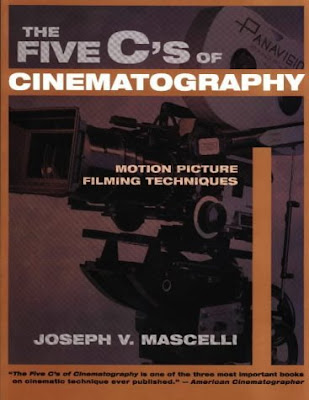EXPERIMENTAL NARRATIVE OR DOCUMENTARY
(100POINTS) Due DEC 4th
Your assignment is to develop either a documentary or a short film that is between 4-10 min in length. The concept behind the piece is entirely up to you. There are several deadlines to meet for this project. They are as follows:
DEADLINES:
NOV. 6th Description of project 1-3 Paragraphs accompanied by a shot list or storyboards.
NOV. 20th Ruff Edit Review
NOV. 27th 2nd Ruff Edit (with Color Corrections) Review
DEC. 4th & 6th | FINAL CRITIQUE
(Failure to meet any of these dates above will result in the loss of one letter grade for your final project.)
CLASS SCHEDULE:
OCT. 30th & NOV. 1st Screening short films and documentaries
NOV. 6th Discussing project concepts one on one
NOV. 8th LAB DAY
NOV. 13th Color Correction Tutorial (How to read scopes and create effects)
NOV. 15th LAB DAY
NOV. 20th Ruff Edit Review
NOV. 22nd LAB DAY
NOV. 27th 2nd Ruff Edit review
NOV. 30th Open Screening
(Highly recommended to show work and get feedback for final corrections.)
DEC. 4th & 6th FINAL CRITIQUES
DEC. 10th FINAL EXAM
(100POINTS) Due DEC 4th
Your assignment is to develop either a documentary or a short film that is between 4-10 min in length. The concept behind the piece is entirely up to you. There are several deadlines to meet for this project. They are as follows:
DEADLINES:
NOV. 6th Description of project 1-3 Paragraphs accompanied by a shot list or storyboards.
NOV. 20th Ruff Edit Review
NOV. 27th 2nd Ruff Edit (with Color Corrections) Review
DEC. 4th & 6th | FINAL CRITIQUE
(Failure to meet any of these dates above will result in the loss of one letter grade for your final project.)
CLASS SCHEDULE:
OCT. 30th & NOV. 1st Screening short films and documentaries
NOV. 6th Discussing project concepts one on one
NOV. 8th LAB DAY
NOV. 13th Color Correction Tutorial (How to read scopes and create effects)
NOV. 15th LAB DAY
NOV. 20th Ruff Edit Review
NOV. 22nd LAB DAY
NOV. 27th 2nd Ruff Edit review
NOV. 30th Open Screening
(Highly recommended to show work and get feedback for final corrections.)
DEC. 4th & 6th FINAL CRITIQUES
DEC. 10th FINAL EXAM












